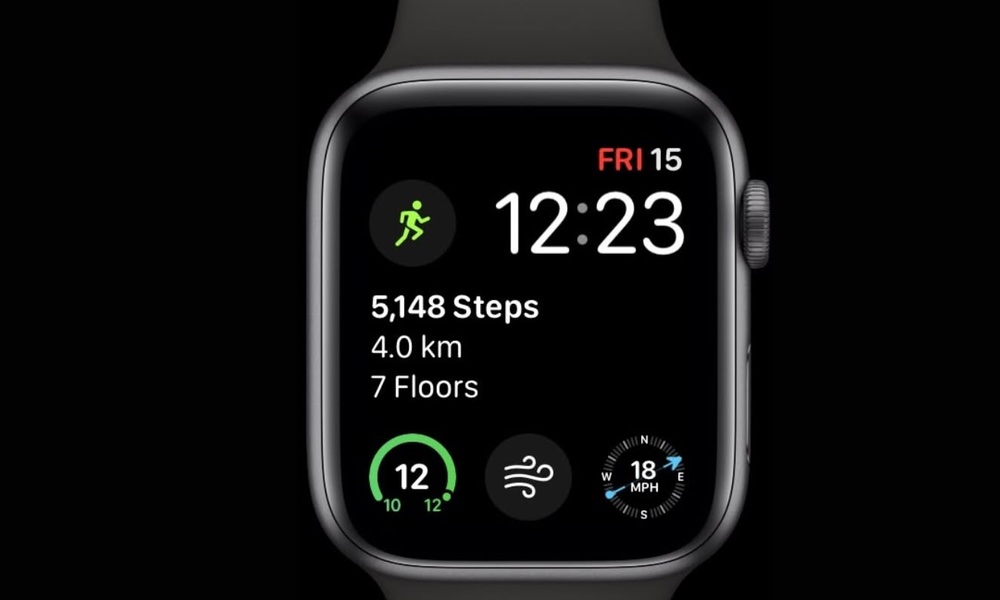More than 300 million people wear an activity tracker such as a Fitbit or Apple watch. Although they can improve health by helping us be more active, a new study shows these wrist devices also have the potential to make us sick.
The problem? Those rubber or plastic wristbands are usually pretty dirty. In fact, wristbands often accumulate harmful bacteria, according to a Florida Atlantic University (FAU) study.
After testing 20 men and women volunteers wearing wristbands attached to Fitbit or Apple watches, the Florida research team found that:Ninety-five percent of the wristbands tested were contaminated with bacteria. Gym-goers' wristbands showed the highest staphylococcal counts.
- Ninety-five percent of the wristbands were contaminated.
- Rubber and plastic were the main culprits because of their porous and rough texture; gold, silver and metal bands showed very little bacteria.
- Staphylococcus was found in 85 percent of the wristbands. Staph is the leading cause of skin and soft tissue infections such as abscesses (boils), furuncles and cellulitis.
- Gym-goers' wristbands showed the highest staphylococcal counts.
- E. coli was found on 60 percent of the wristbands. E-coli is responsible for diarrhea, stomach cramps and occasionally fever.
Pseudomonas were found in 30 percent of the wristbands. This type of bacteria commonly causes a mild skin rash, eye or ear infection. The infection may become more serious in those who are immune-compromised.
The most important predictor of whose wristband carried the most toxic bacteria was the hygiene of the participant at the time of testing, as well as the texture of the wristband's material.
Even though our skin can provide a barrier from harmful infection, it can also be a welcoming habitat depending on conditions. That's why “Plastic and rubber wristbands may provide a more appropriate environment for bacterial growth as porous and static surfaces tend to attract and be colonized by bacteria,” senior author, Nwadiuto Esibobu, professor of biological sciences in the Charles E. Schmidt College of Science at FAU, said in a press statement.
Paying attention to the cleanliness of our wristbands is important for all of us, but certain populations, such as patients and their caregivers, might need to make disinfecting a habit, Esiobu said. “Even at relatively low numbers these pathogens are of public health significance. Importantly, the ability of many of these bacteria to significantly affect the health of immunocompromised hosts indicates a special need for health care workers and others in hospital environments to regularly sanitize these surfaces.”
Keeping these findings in mind, you might want to set a reminder to clean your Fitbit or Apple watchband.
The study is published in Advances in Infectious Diseases.





